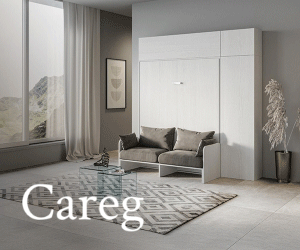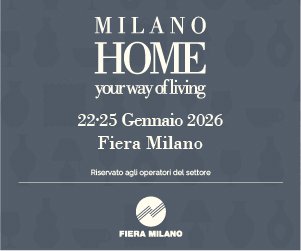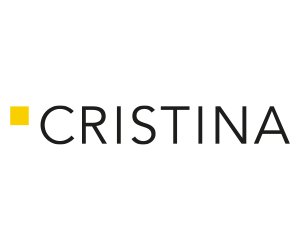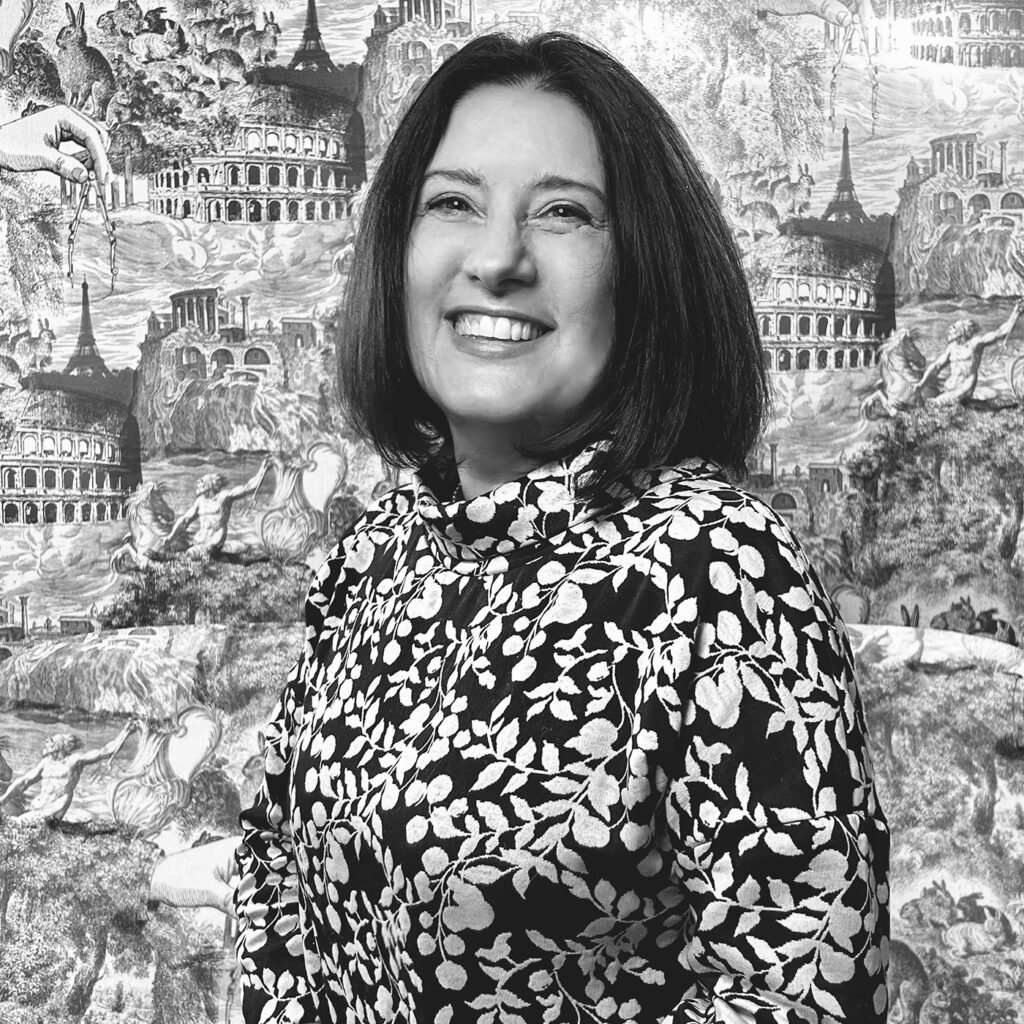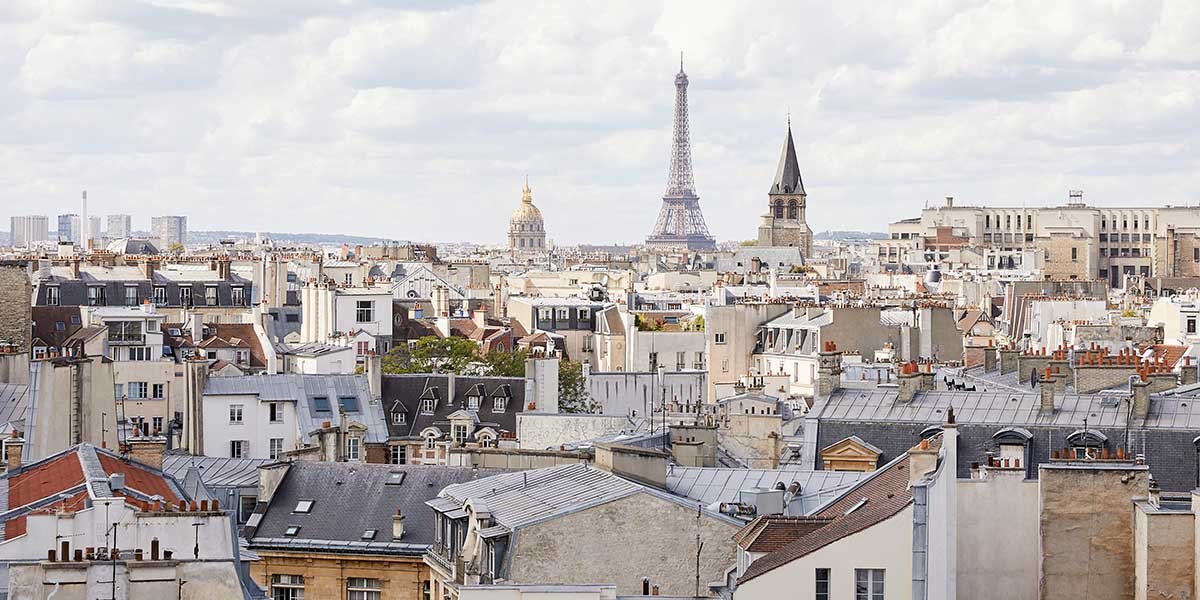by Costanza Carbotta.
“The tree should not be cut down, it should be planted“. This is the fundamental concept of the KeepLife project, an innovative material created thanks to dried fruit shells (walnuts, hazelnuts, chestnuts, almonds, pistachios and peanuts), moldable into resistant products suitable for any type of design.
For Pietro Petrillo and his studio it is not about reuse or recycling, nor even about an empty promise of eco-sustainability. So, why reuse materials and avoid waste, when you can avoid waste altogether?
What is the story behind this project, how was it born?
KeepLife was born out of a concrete need of the world around us, in particular that of the exploitation of wood, which begins with the cutting and felling of the tree from which a furnishing object is created.
I wanted to reverse this process: not cut down the tree, but plant it. A fruit tree is planted – one of the six types that we use – and the shell obtained is given a material continuity. Otherwise, it would end up as fuel or draining, if not simply thrown away.
I don’t mean it as a recycling or recovery process, but a true “continuity”, because it is important to analyze the production cycles and make people, the final users of the design, aware of “how” the product is made, not just the product itself.
KeepLife blocks, the basis of every project. They are available in four colors obtained by mixing them with different types of soil.
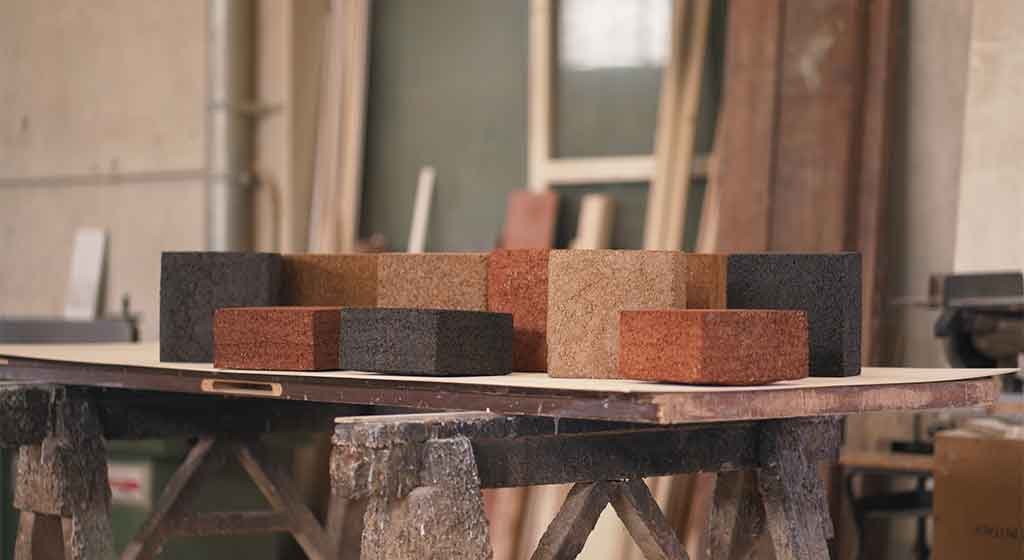
You have collaborated with many designers and many studios. Why, and is there a product you are particularly attached to?
Right from the start my idea was to open the project to many colleagues. The intent was to have a material that responded to a need common to all, the basis for each product, and make it open and available, creating a “widespread study”, whose heart is KeepLife.
To date, there have been many collaborations, including with masters of design recognized at national and international level. It was very important to involve both established and emerging designers, creating a transversal reality open to all.
As for the individual projects, each one is like a child, and they are all important, even if they are by other designers: I follow each product from the moment it is just a block of KL (KeepLife) until it is a finished object.
Octopus and Alice, some of the products of the Bestiary. Design by Luigi Petrillo.

What plans do you have for the future of KeepLife?
In my opinion the future is today, we must not think too far ahead, otherwise we risk losing the original objective along the way. The future of KeepLife, of the studio and of the collective movement that has formed around this material, is what we already do today, that is, always opening up to new designers and opportunities with calls, trying to involve an ever wider audience.
In the end, through a single project, we try to involve not only the designers, but also the agricultural companies that plant the trees and provide us with the basic material, and also the universities that prepare new and young designers, through the development of various themes.
Everyone is free to develop the topic and area they prefer: everyone starts from a KeepLife block and must obtain a finished object from it. The beginning is the same for everyone, but everyone decides their own personal goal.
Anteater by Giulio Iacchetti.
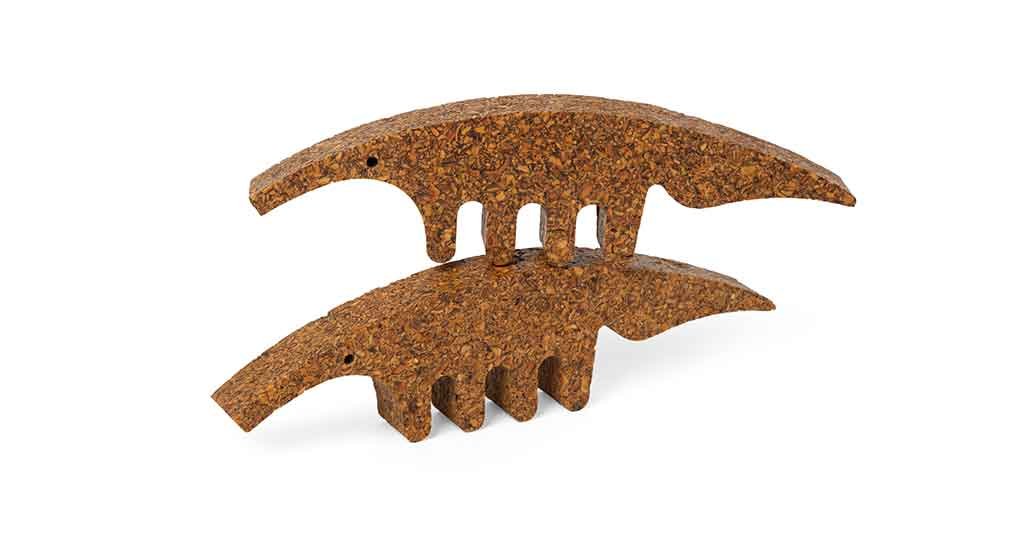
During the last Fuorisalone we investigated the world of animals, with the Bestiary project. Each designer who participated created an animal of their choice, starting from a block of material. The idea was to bring animals back into our lives, into our cities and our homes through these objects.
Giraffe by Pietro Petrillo.

This will be a call open all year round, which expands with each stage and exhibition. The next one will be the Dutch Design Week in Eindhoven: an increasingly larger traveling collection, starting from Milan Design Week and supported by Isola Design, open to all designers who wish to participate.
The two designers behind KeepLife. On the left Pietro Petrillo and on the right Ilaria Spagnuolo.





